Top 10 Most Expensive Skirts Luxury Fashion Trends 2025
December 24, 2024
In the world of high fashion, some pieces become more than just serving the purpose of being there in favor of a work of art. Skirts, for instance, with kinetic forms and infinite permutations, present a canvas for designers to reveal their creativity and craftsmanship while incorporating a flair for the extraordinary. From haute couture embroidery intricacies to outrageous shapes that dare to break all rules, luxury most expensive skirts epitomize the symbol of sartorial excellence.
But what makes these skirts so pricey and dear to fashion enthusiasts? It is not only about the brand reputation or the designer piece. But these Luxury skirts are made with extraordinary care using rarely available or luxurious materials, hours of labor and handwork, and utmost resolve to perfection.
Made with Swarovski crystals, pearls, and intensive embroidery, they are more than clothes-they are artworks.
Below are the pieces of top luxury designers who have created phenomenal skirts, along with a brief description of their masterpiece creations of the most sublime skirt designs and the price tags associated with them. Each garment would carry a tale of tradition, innovation, and exclusiveness, creating a pedestal to explain why these skirts became legendary pieces in fashion circles.
1. Chanel
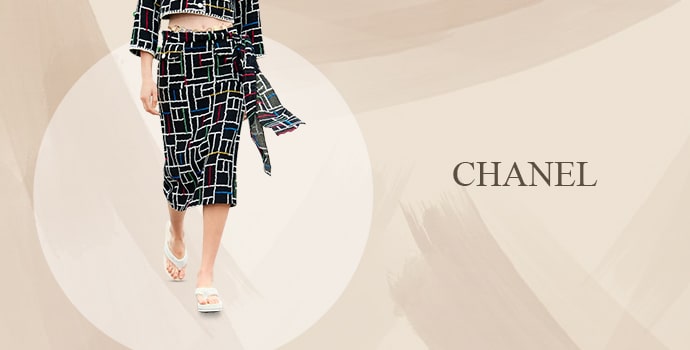
For luxury fashion, no other brand is more sophisticated or elegant than Chanel. It was the young creative mind of Gabrielle “Coco” Chanel, who popularized the practicality of women’s clothing infused with elegance. To date, Chanel is still one of the highest standards of luxury, and the skirts do not differ.
Here’s a brief about Chanel’s iconic piece.
Pearl-Embroidered Couture Skirt
Chanel’s pearl-embroidered couture skirts are the epitome of refinement. Handcrafted by skilled artisans, the skirts feature intricate beadwork, delicate pearl embellishments, and luxurious tweed or silk fabrics. The design reflects the brand’s legacy of understated elegance, with every detail meticulously executed to perfection.
Why It’s So Expensive
Pure Materials: Only the finest tweeds, silks, and pearls are used. They’re sourced from the best ateliers worldwide.Artisanal Craftsmanship: The skirt takes hundreds of hours to complete, with master embroiderers and seamstresses. Timeless appeal: Creating elegant timeless pieces is what Chanel is popular for, hence the skirts become a prized possession as heirlooms.
Chanel skirts are far beyond being mere garments. They represent wearable art in their expression of French haute couture. From being shown on the runway or in a special elite event, the timeless beauty of Chanel skirts will surely continue to astound the world.
A Pearl-Embroidered Couture Skirt by Chanel typically costs anywhere between $20,000 to $50,000.
2. Dior
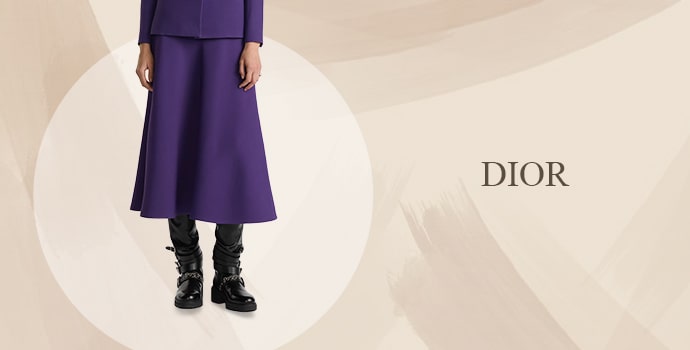
The House of Christian Dior has been the epitome of grace, femininity, and opulence since its creation in 1946. Dior transformed the face of fashion with its now-iconic “New Look,” emphasizing nipped-in waists and full skirts, a silhouette that redefined post-war elegance. Today, Dior continues to take the skirt to an art form, blending classic designs with contemporary flair.
The iconic piece of skirt by Dior
The Haute Couture Tulle Skirt
Dior’s haute couture tulle skirts are simply magical. These are the skirts that have been seen adorning red carpets and gracing the pages of fashion editorials many times. These skirts are made from multiple layers of fine tulle that give a kind of ethereal volume. Delicate embroidery, sequins, and floral appliqués are used to adorn these. This reflects the brand’s commitment to perfect craftsmanship and beauty that is timeless.
Why It’s So Expensive
1. Luxurious Fabrics: Dior employs the finest tulles, silk organza, and the most beautiful embroidery, which are all acquired from the best artisans.
2. Superb Craftsmanship: Every skirt is a product of hours of handwork by Dior’s expert couturiers, guaranteeing precision and artistry.
3. Haute Couture: These skirts are often bespoke pieces, part of the haute couture collection, offering a unique, personalized luxury experience.
A Dior skirt is more than just clothing, it is a symbol of polish and a tribute to femininity. Every creation recites a tale of a legacy in preserving haute couture. The approximate price of a Haute Couture Tulle Skirt typically ranges between $20,000 and $100,000, depending on the designer, level of craftsmanship, and materials used.
3. Alexander McQueen
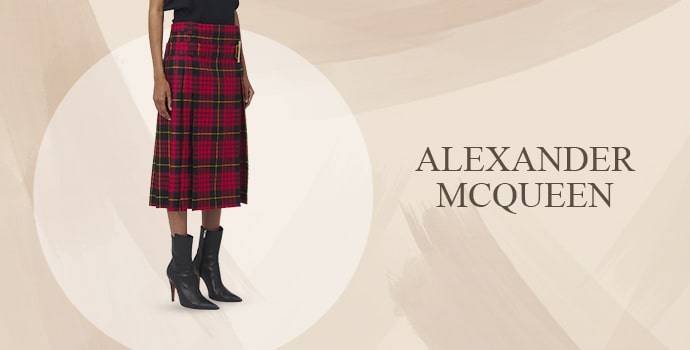
Alexander McQueen is known for its dark romanticism and daring designs. Founded by the late Lee Alexander McQueen, it is a brand that celebrates all that is bold and groundbreaking in terms of luxury aestheticism. McQueen’s skirt designs are a reflection of combining dramatic silhouettes with intricate detail to create wearable masterpieces.
The most lovable skirt by Alexander McQueen
The Skull-Embroidered Silk Skirt
The skull-embellished silk skirts of Alexander McQueen epitomize the brand’s edgy sophistication. They are made of luxurious silk with intricate skull motifs and beading that shine with every movement. The softness of the fabrics is combined with macabre details, making for a striking statement piece.
Why It’s So Expensive
1. Experimental Design: The McQueen silhouettes are appreciated for their bold, daring aesthetics and are a perfect mix of gothic and high fashion.
2. Exquisite Material Sourcing: Best-quality silks, bespoke trimmings, and trims are meticulously sourced to perfect the cut.
3. Fastidious Hand-Stitching: Each skirt requires painstaking hours of hand embroidery and detailing that stand as a testament to McQueen’s artisanal sense.
McQueen’s skirts are not merely a piece of fashion but collectibles, capturing the brand’s fearless attitude towards design. Designed for people who dare to be different, these pieces epitomize individuality and the beauty of the unexpected. A Skull-Embroidered Silk Skirt by Alexander McQueen would likely be priced between $10,000 and $25,000
4. Prada
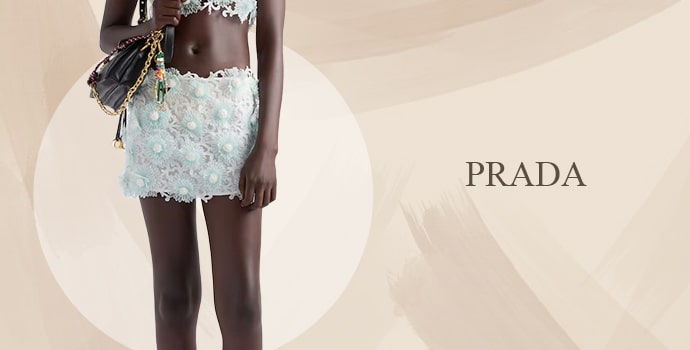
Prada has always earned respect for its ability to blend sophistication and innovation. From Mario Prada who initiated the company to Miuccia Prada who brought it even more to a higher state, the brand is revered for its subtle elegance and most up-to-date designs. There’s no other word that can define Prada skirts better but something so perfect with luxurious fabric, clean lines, contemporary touches, and a real winner in the fashion world today.
Iconic skirt by Prada
The Crystal-Studded Pencil Skirt
Prada’s crystal-studded pencil skirts are a testament to the brand’s mastery of modern luxury. These sleek designs have a tailored silhouette with meticulously placed crystals that shimmer subtly, imbuing refined glamour. Perfect for evening wear or high-profile events, these skirts blend minimalism with striking embellishment.
Why It’s So Expensive
1. Premium Materials: Silk and wool from the north of Italy with Swarovski crystals make Prada luxury richly dressed.
2. Modern Artisan Techniques: The best in tailoring precision blended with modern ornamentation ensures the end product is the kind of piece that each woman can elevate.
For those who appreciate subtle opulence with a fresh twist, Prada delivers like no other. Prada skirts are the epitome of quiet luxury, pieces that whisper elegance while making a powerful statement. Prada’s Crystal-Studded Tulle Midi Skirt is a luxurious piece that combines intricate design with high-quality materials. The skirt has a different price on various platforms, but approximately it costs around $5,600.
5. Valentino
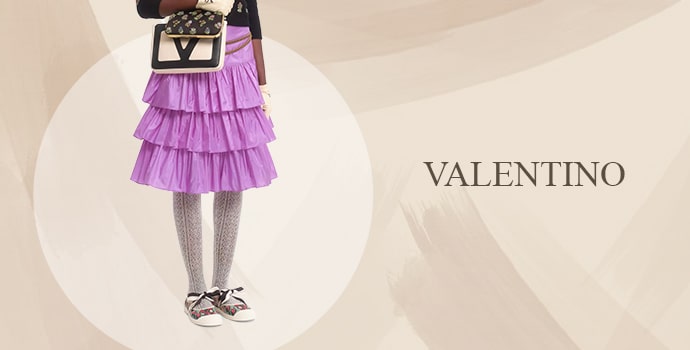
Valentino is the epitome of romance, luxury, and exquisite craftsmanship. Ever since its inception by Valentino Garavani, the Italian fashion house has been celebrated for its dramatic designs and ethereal beauty. Valentino skirts are perfect representations of timeless luxury infused with a touch of modern artistry, thanks to their use of bold colors, intricate detailing, and feminine silhouettes.
The most popular iconic piece by Valentino
The Feathery Fantasy Skirt
Valentino’s feathery fantasy skirts are masterpieces of haute couture, where whimsy and fantasy are blended with exquisite craftsmanship. These skirts have layers of tulle and silk organza and are covered with hand-placed feathers, giving them an air of movement and a dreamlike elegance. Often, they are dyed in vivid, romantic shades, such as Valentino red or pastel hues, to make them a showstopper on the runway and red carpets.
Why It’s So Expensive
1. Luxurious Materials: Valentino’s skirts are made of expensive materials such as silk chiffon, delicate lace, and premium feathers that come from specialized ateliers.
2. Handmade Details: This skirt has a very delicate design as each feather is hand-stitched, and sequins or embroidery is applied with precision to perfection.
3. Iconic Design Aesthetic: Valentino skirts are all about artistry and functionality which come together and offer designs that pay homage to the brand’s heritage while setting modern trends.
Valentino skirts are not just a garment, they are romantic expressions of style evoking awe and admiration. For those who want to make a big statement, Valentino is a sartorial dream come true. The iconic Feathery Fantasy Skirt is priced at $19,000 and the price can vary depending on the collection and its craftsmanship.
6. Versace
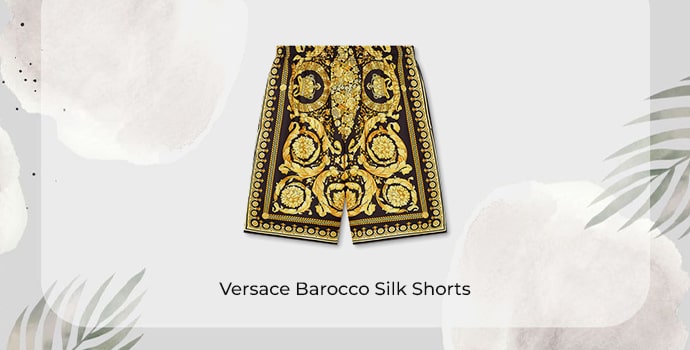
Few brands capture the essence of power and opulence quite like Versace. Founded by Gianni Versace, the Italian fashion house is known for its daring designs, vibrant prints, and iconic Medusa logo. Versace skirts embody the brand’s commitment to making bold fashion statements, blending sensuality with high-fashion extravagance.
Iconic Piece of Skirt by Versace
The Gold-Threaded Baroque Skirt
Versace’s gold-threaded baroque skirts are the ultimate expression of luxury. Featuring the brand’s signature baroque patterns woven with metallic threads, these skirts are as eye-catching as they are opulent. Often styled with figure-hugging silhouettes and dramatic slits, they exude confidence and glamour.
Why It’s So Expensive
Signature Aesthetic: The baroque print is a hallmark of Versace’s identity, and its intricate execution requires advanced weaving techniques.Luxurious Materials: Rich velvets, silks, and metallic threads create a dazzling, high-quality finish.Craftsmanship and Detail: Each skirt is meticulously crafted, with embellishments like sequins, gold accents, or crystal detailing often added by hand.
Versace skirts are for those who aren’t afraid to stand out. Radiating confidence and sophistication, they represent the brand’s dedication to celebrating individuality and unapologetic luxury. Whether worn on the runway or at an exclusive event, a Versace skirt always makes a statement. The approximate price of the Iconic Gold Threaded Baroque Skirt is $2000 depending on its design and collection.
7. Gucci
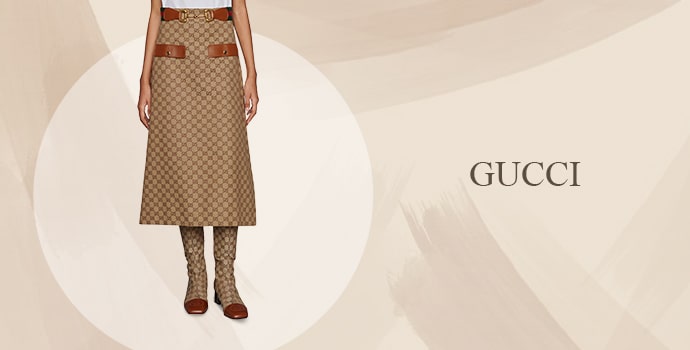
Under the creative direction of Alessandro Michele, Gucci has redefined modern luxury in its bold, nostalgic, and innovative approach. Its eclectic designs and intricate detailing make Gucci skirts an epitome of avant-garde fashion. The perfect combination of contemporary elements with vintage-inspired aesthetics makes these creations staples for the style-conscious elite.
The most iconic skirt by Gucci
The Velvet Maxi Skirt with Embroidered Florals
Gucci’s velvet maxi skirts, adorned with hand-embroidered floral motifs, are a testament to the brand’s commitment to artistry and luxury. The rich velvet fabric exudes opulence, while the intricate floral detailing adds a touch of whimsical beauty. These skirts are versatile, effortlessly transitioning from runway glamour to a chic evening ensemble.
Why It’s So Expensive
1. Luxurious Weave: Gucci dresses made of rich velvets, silks, and jacquards with flamboyant embellishments added on, and these fabrics look so vogue.
2. Floral Embellishments: Every floral design requires hundreds of hours of fine artisan handwork that adds a beautiful feminine aesthetic to the skirt.
3. Unique Style Statement: The bold, eclectic styles of Gucci designs ensure these skirts are distinctive, yet highly desirable to modern women.
Gucci skirts are more than clothes-they are statement pieces that represent the wearer and his or her love for luxury. Ideal for fashion lovers who enjoy combining loud prints with classic elegance, a Gucci skirt is something special to add to a wardrobe.
8. Elie Saab
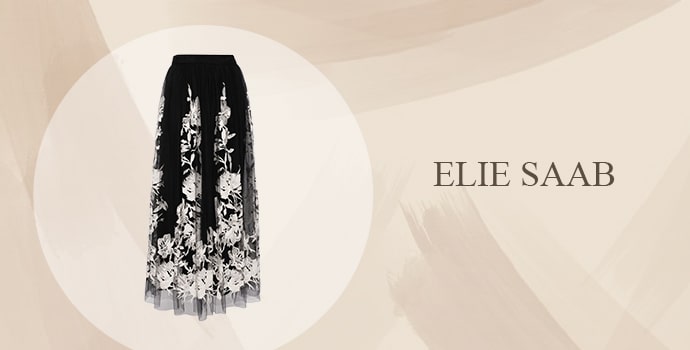
Elie Saab has been the quintessence of fairy tale luxury and femininity. Having been known for his breathtaking haute couture, the Lebanese designer captures romance and sophistication into every piece he designs. Elie Saab’s skirts also take his attention to detail with a love for embellishment, which makes them ideal for red carpet wear and high-end wardrobes.
Iconic piece by the fashion house
The Glittering Ballgown Skirt
Elie Saab’s glittering Ballgown skirts are a magical art of luxury. They are made of layers of soft tulle, organza, or silk and covered with shimmering Swarovski crystals, intricate beadwork, and floral appliqués. Their luminous finish and regal silhouette make them the ultimate statement of couture luxury. The Glittering Ballgown Skirt by Elie Saab is priced between $2,000 and $5,000.
Why It’s So Expensive
1. Use of Luxurious Materials: The finest fabrics and luxurious embellishments like Swarovski crystals and hand-cut lace are used in crafting these skirts.
2. Exquisite Craftsmanship: Hundreds of hours of time-consuming handwork are put into each skirt, from embroidery to layering the fabrics for perfect flow.
3. Couture Exclusivity: Most of Saab’s skirts are custom-made with a one-of-a-kind approach to perfection.
Elie Saab skirts are not just clothes, they are creations that celebrate femininity and elegance. For those looking for a piece that embodies timeless beauty and couture artistry, an Elie Saab skirt is the ultimate choice.
9. Oscar de la Renta
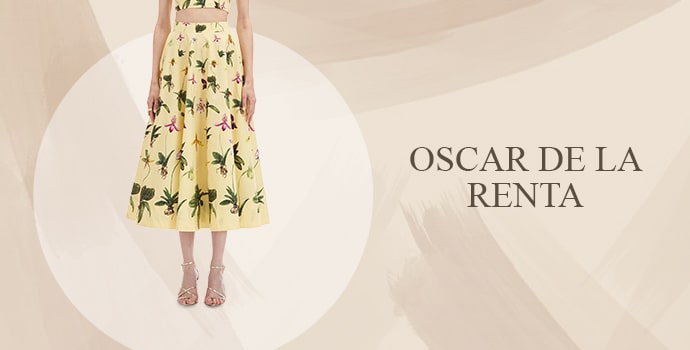
Oscar de la Renta, known for his sophisticated and timeless designs, has long been a favorite among the world’s elite. His creations exude elegance, grace, and a sense of refined femininity, making him one of the most influential designers in fashion history. Oscar de la Renta skirts embody all that is luxurious, with a perfect balance of classic style and intricate detailing.
Iconic piece of skirt that the brand offers
The Hand-Painted Silk Skirt
Oscar de la Renta’s hand-painted silk skirts are masterpieces that combine art and fashion. Crafted from the finest silk, these skirts are adorned with delicate hand-painted designs, often inspired by floral patterns, lush landscapes, or abstract motifs. Each skirt is a one-of-a-kind creation, showcasing the designer’s dedication to craftsmanship and attention to detail.
Why It’s So Expensive
Luxurious Fabrics: Oscar de la Renta’s skirts use the finest silks, taffetas, and organza, elevating the feel and flow of the garment.Hand-Painted Detailing: The intricate hand-painting process requires hours of work by skilled artisans, ensuring that each skirt is unique and exceptional.Timeless Craftsmanship: Every skirt is designed to perfection, with meticulous stitching and attention to the silhouette, making it a true couture piece.
Oscar de la Renta skirts represent the height of elegance and craftsmanship, often seen on the most exclusive red carpets and fashion events. A skirt from Oscar de la Renta is not just a piece of clothing but a statement of refined luxury, ideal for those who seek timeless beauty and grace. Oscar de la Renta’s Hand-Painted Skirts are celebrated for their intricate designs and are priced from $2,290 to $4,795.
10. Balmain
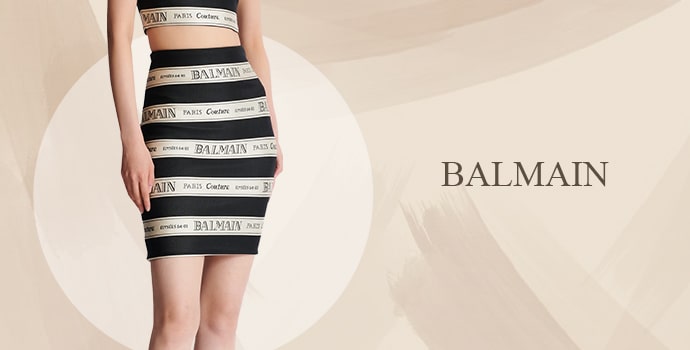
Under the creative direction of Olivier Rousteing, Balmain has become synonymous with modern luxury and edgy glamour. Known for its bold structures, military-inspired designs, and impeccable tailoring, Balmain skirts embody the brand’s signature blend of sophistication and rebellious spirit. These pieces often incorporate sharp lines, intricate embellishments, and an unmistakable sense of power.
Iconic Piece
The Military-Inspired Beaded Mini Skirt
Balmain’s military-inspired beaded mini skirts are a striking example of the brand’s ability to mix structure with opulence. These skirts command attention, featuring structured silhouettes, gold beadwork, and sharp, tailored lines. The beaded embellishments often form intricate patterns, highlighting the brand’s craftsmanship while maintaining an edgy, rock-inspired vibe.
Why Is It So Expensive
Expert Tailoring: Balmain skirts are known for their flawless, structured tailoring, often requiring expert craftsmanship to achieve their perfect fit.Intricate Embellishments: Gold beadwork, studs, and sequins are painstakingly applied by hand, ensuring each skirt is a work of art.Luxury Materials: Balmain uses premium fabrics such as silk, velvet, and heavy crepe, ensuring a luxurious finish.
Balmain skirts are a statement of confidence and power. With their perfect blend of opulence and rock-inspired glamour, they’re designed for those who aren’t afraid to stand out and embrace a modern, bold luxury aesthetic. A Balmain skirt is the ultimate choice for anyone looking to make an unforgettable fashion statement, the Military-Inspired Beaded Mini Skirt is likely priced between $1,500 and $4,000.
Conclusion
Luxury skirts are more than just garments, they are a confluence of art, history, and extraordinary craftsmanship. Designers like Alexander McQueen, Chanel, and Elie Saab have redefined the boundaries of fashion, creating skirts that are celebrated for their opulence, exclusivity, and storytelling. Each piece is a masterpiece, woven with the essence of the designer’s vision and the heritage of haute couture.
From intricate embroidery and rare fabrics to unparalleled attention to detail, these designers have elevated the skirt into a symbol of status and sophistication. For the discerning few who appreciate the finer things in life, these skirts offer more than just style as they provide a tangible connection to the legacy of luxury fashion.
As we celebrate these trailblazers, their creations remind us of the timeless appeal of high-end fashion that doesn’t just follow trends but defines them. In a world where personal expression meets high art, these luxurious skirts are the one of the most strongest proof that true elegance is always in vogue. Whether you admire them from afar or indulge in the splendor, they serve as an enduring testament to the magic of design.
FAQs
Q1. Do these skirts appreciate in value over time?
Ans. Certain designer skirts, particularly limited-edition or vintage couture pieces, can appreciate in value over time. They are often considered collectible items, especially if they are part of a significant collection or have historical or cultural relevance.
Q2. What makes designer skirts so expensive compared to regular skirts?
Ans. The high price of designer skirts comes from the combination of premium materials, skilled craftsmanship, exclusive designs, and the brand’s reputation. Many skirts are handmade and hence require hours, or even months of meticulous labor, which significantly increases the level of craftsmanship, quality, and value.
Q3.How much does the most expensive skirt in the world cost?
Ans. The cost of the most expensive skirts in the world can range from tens of thousands to millions of dollars. For instance, couture skirts by designers like Guo Pei or Elie Saab can cost over $100,000 due to their intricate craftsmanship and rare materials.








































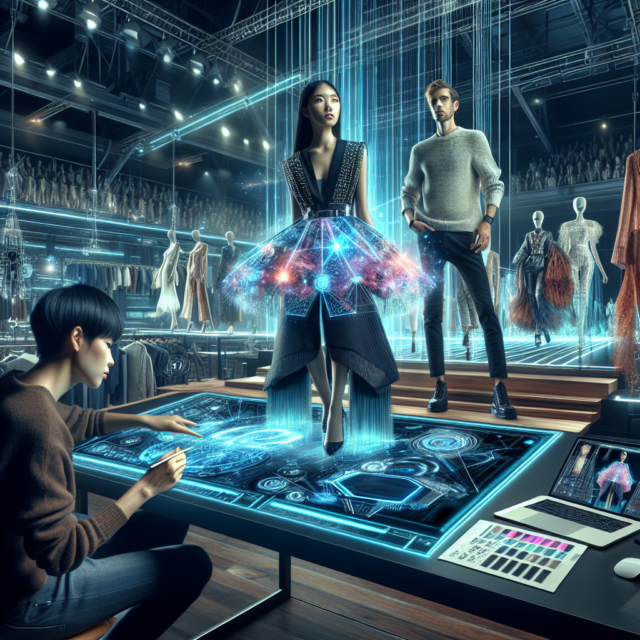
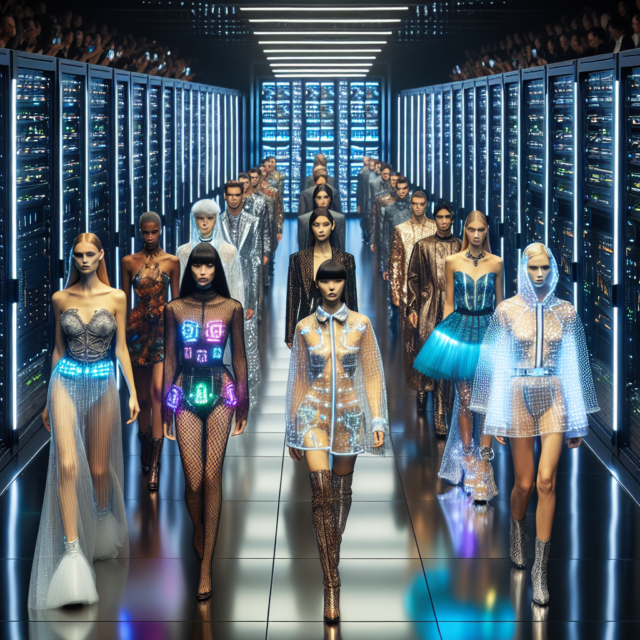
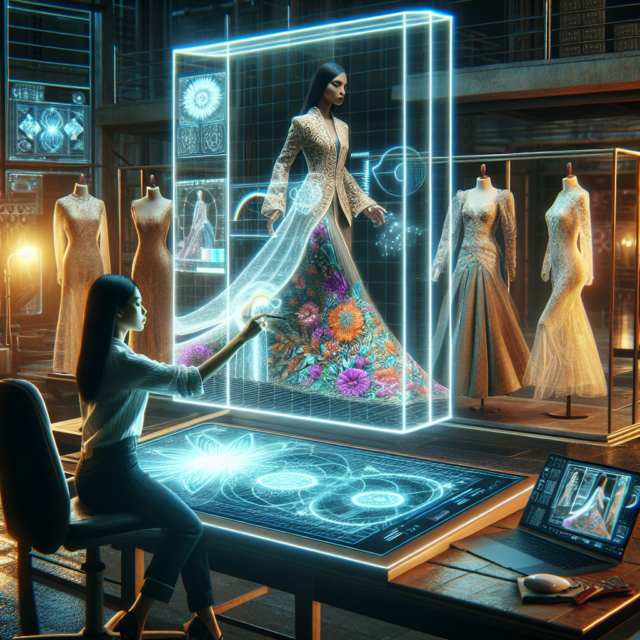













































 | Web3 Daily
| Web3 Daily